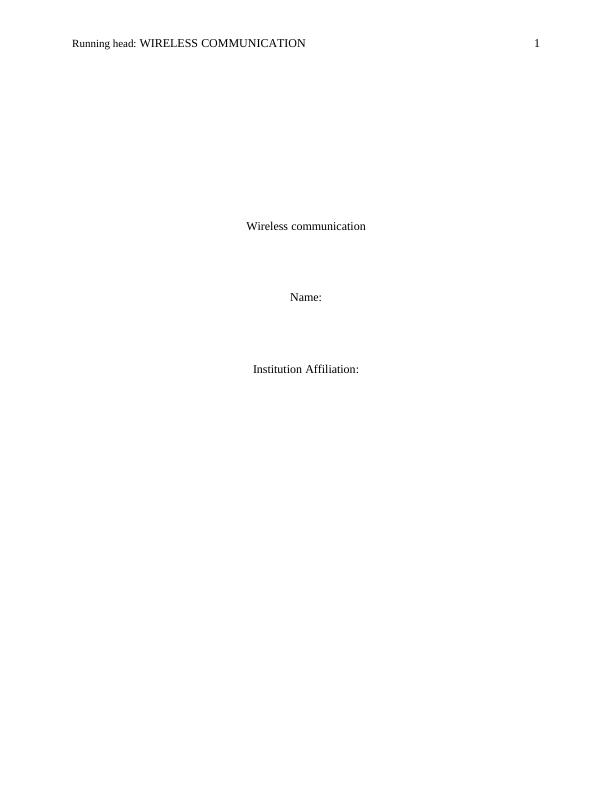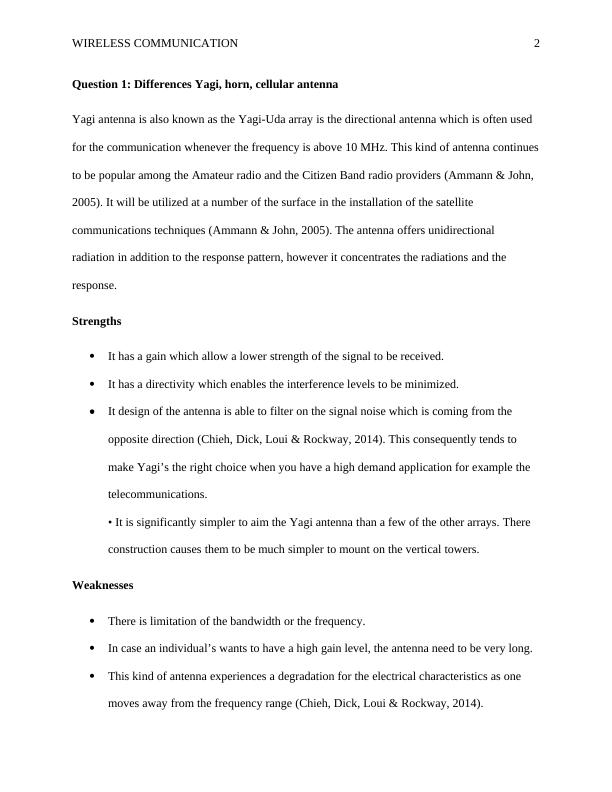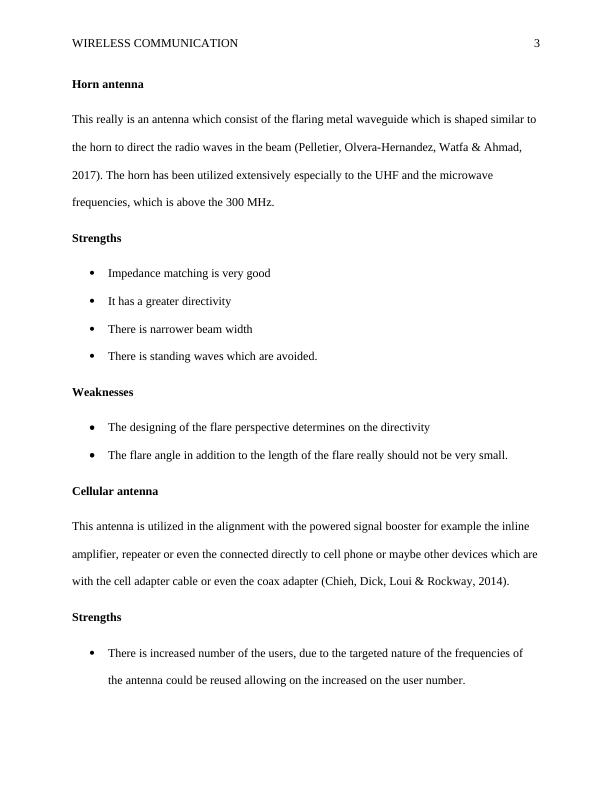Wireless Communication || Types Of Antennas
6 Pages1243 Words158 Views
Added on 2020-03-02
Wireless Communication || Types Of Antennas
Added on 2020-03-02
ShareRelated Documents
End of preview
Want to access all the pages? Upload your documents or become a member.
Wireless Network Concepts
|18
|1994
|132
Wireless Networking and Communication - ITECH2300
|5
|987
|51
ITC 513 - Wireless Networking Concepts : Assignment
|5
|1066
|32
ITC513 Wireless Networking Concepts Assignment
|6
|1392
|81
Wireless Networking and Communication
|6
|1386
|46
Wireless Technology: Antennas, Network Protocols, and Software-Based Networks
|9
|2126
|468



